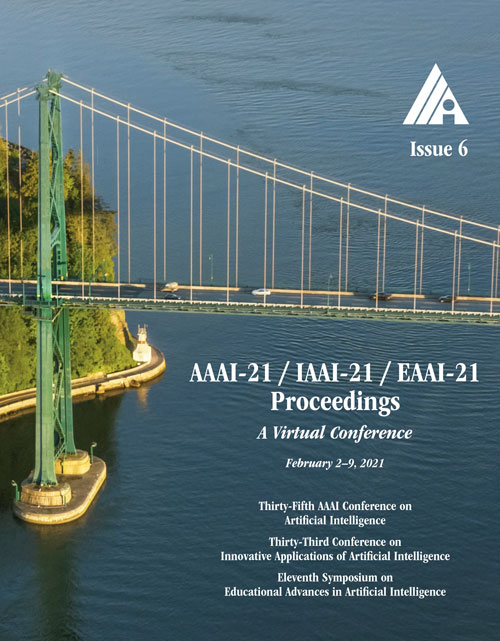Almost Envy-freeness, Envy-rank, and Nash Social Welfare Matchings
DOI:
https://doi.org/10.1609/aaai.v35i6.16675Keywords:
Fair DivisionAbstract
Envy-freeness up to one good (EF1) and envy-freeness up to any good (EFX) are two well-known extensions of envy-freeness for the case of indivisible items. It is shown that EF1 can always be guaranteed for agents with subadditive valuations. In sharp contrast, it is unknown whether or not an EFX allocation always exists, even for four agents and additive valuations. In addition, the best approximation guarantee for EFX is (φ − 1) ≃ 0.61 by Amanitidis et al.. In order to find a middle ground to bridge this gap, in this paper we suggest another fairness criterion, namely envy-freeness up to a random good or EFR, which is weaker than EFX, yet stronger than EF1. For this notion, we provide a polynomial-time 0.73-approximation allocation algorithm. For our algorithm we introduce Nash Social Welfare Matching which makes a connection between Nash Social Welfare and envy freeness.Downloads
Published
2021-05-18
How to Cite
Farhadi, A., Hajiaghayi, M., Latifian, M., Seddighin, M., & Yami, H. (2021). Almost Envy-freeness, Envy-rank, and Nash Social Welfare Matchings. Proceedings of the AAAI Conference on Artificial Intelligence, 35(6), 5355-5362. https://doi.org/10.1609/aaai.v35i6.16675
Issue
Section
AAAI Technical Track on Game Theory and Economic Paradigms

